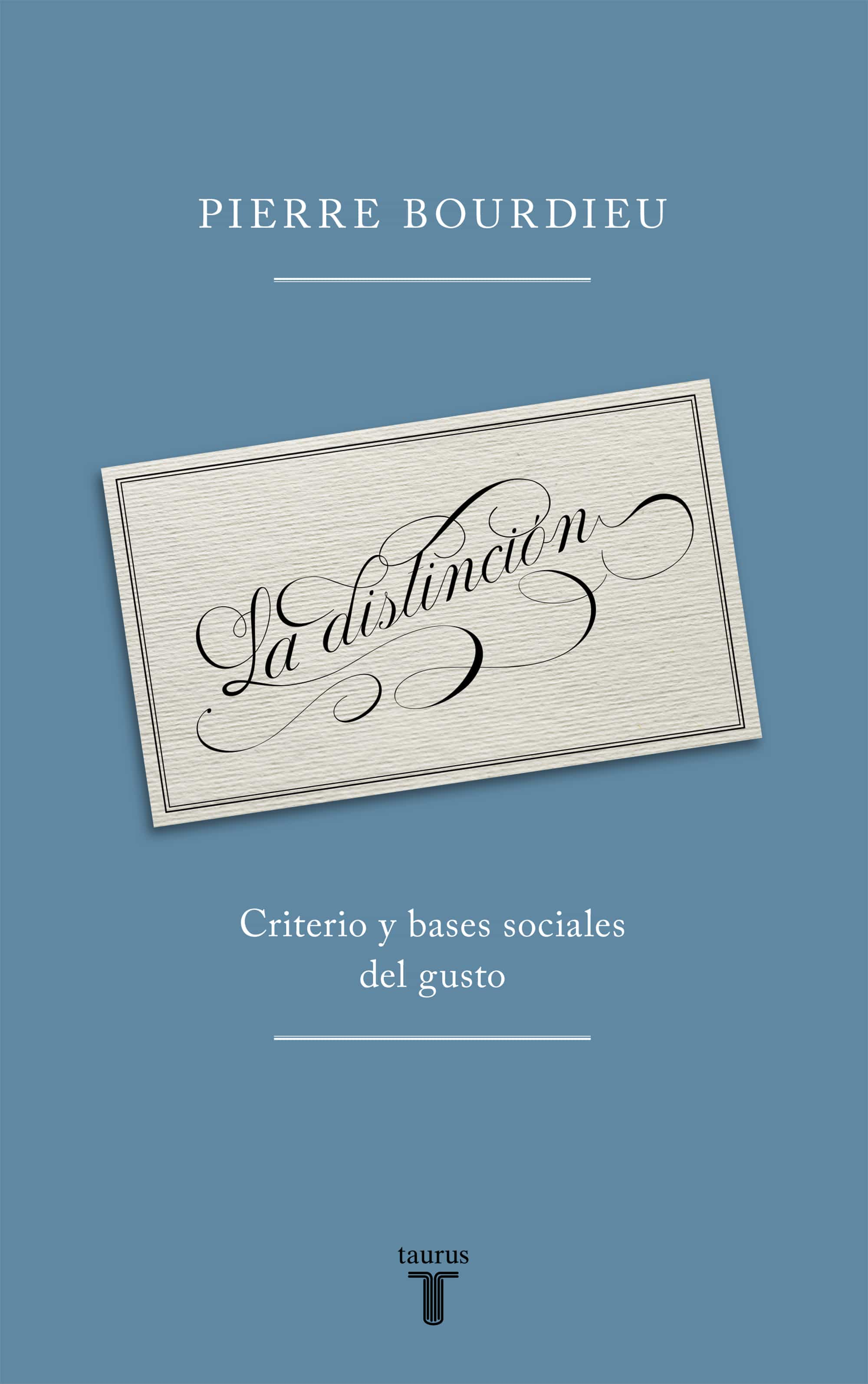

New generations of researchers have continued to look to him (see, for example, Thatcher et. His work, and that of Michel Foucault, is amongst the most frequently cited of the late twentieth-century social theorists. Pierre Bourdieu’s (1930-2002) theorizing has become a major focus for exploration within sociology. We examine some key lessons for educators and pedagogues. how to cite this piece Pierre Bourdieu’s exploration of how the social order is reproduced, and inequality persists across generations, is more pertinent than ever.76.PITR “Pierre Bourdieu” Parigi giugno 2010 by Strifu | flickr ccbyncsa2 contents: introduction There is no pure aesthetics, no judgement of taste untainted by the power relations within which minute distinctions become the basis for social judgement. Bourdieu demonstrates that our aesthetic choices are distinctions - that is, choices made in opposition to those made by other classes. In the course of everyday life, we constantly choose between what we find aesthetically pleasing, and what we consider tacky, merely trendy, or ugly. Focusing the French bourgeoisie - its tastes and preferences - Distinction is at once a vast ethnography of contemporary France and a dissection of the bourgeois mind. First published in 1979, Pierre Bourdieu brilliantly illuminates the social pretentions of the middle classes in the modern world.

9780415567886 Distinction 76.9000 NZD InStock /shop/books/non-fiction/education-reference/philosophy /shop/books /shop/books/non-fiction /shop/books/non-fiction/education-reference No judgement if taste is innocent - we are all snobs.

No judgement if taste is innocent - we are all snobs. In the course of everyday life, we constantly choose between what we find aesthetically pleasing, and what we consider tacky.


 0 kommentar(er)
0 kommentar(er)
